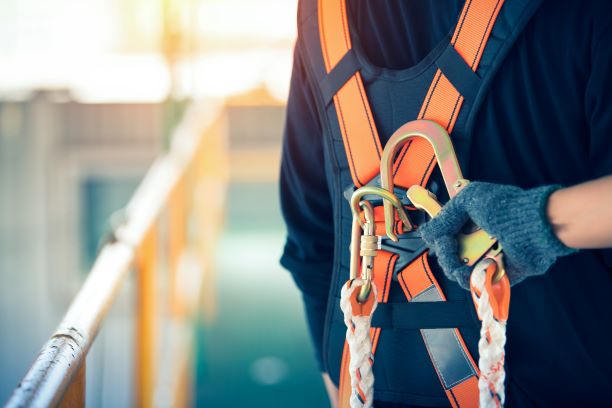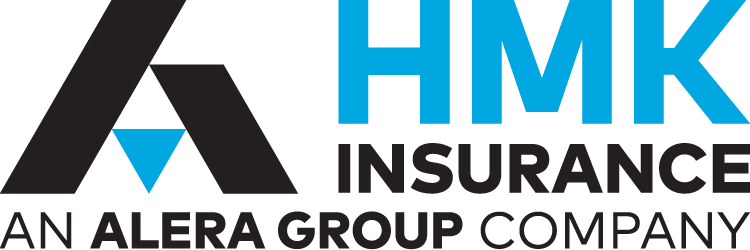 Whether we work in construction or general industry (manufacturing), exposure to fall hazards remains a leading injury driver (including fatalities) and consistent Top 5 OSHA -cited regulatory standard. Even though construction & general industry have different requirement heights for fall protection; six (6) feet for Construction and four (4) feet for General Industry, the protective systems that can be utilized for both groups are similar.
Whether we work in construction or general industry (manufacturing), exposure to fall hazards remains a leading injury driver (including fatalities) and consistent Top 5 OSHA -cited regulatory standard. Even though construction & general industry have different requirement heights for fall protection; six (6) feet for Construction and four (4) feet for General Industry, the protective systems that can be utilized for both groups are similar.
Although alternative fall protection systems are recognized under the OSHA standard (safety nets & safety monitors), this article will outline the three (3) primary systems utilized to protect us from falls.
-
- Guardrails: This system consists of a hard barrier (wood, metal frame, piping, etc.) that may be placed up to the leading edge of an elevated work area. The guardrail system consists of posts which support three primary components: the top rail, mid-rail, and toe board. Each of the three primary components must be set at the proper height and meet minimum force requirements. Temporary guardrail systems are utilized during construction activities while permanent guardrails systems are primarily used in general industry/manufacturing where employees are conducting regular work in elevated areas (mezzanine, rooftop, etc.).
- Warning Lines: The warning line system consists of a “soft”, flagged line connected via posts. The warning line system is not for use up to the leading edge of an elevated work area. There are specific requirements, depending on work activities and equipment, for the distance from the leading edge that the warning line must be set back. Warning line systems are primarily utilized during construction activities, as it can be moved and reconfigured to allow safe work activities to proceed.
- Personal Fall Arrest Systems (PFAS): The PFAS is widely used in all industries. The PFAS consists of the use of a full body harness, a connecting device (retractable lifeline, lanyard, etc.), and an anchor point. Each of these three (3) components has specific requirements to meet the OSHA standard. Harnesses and connecting devices should be inspected by the wearer prior to each use. In the event of a fall or shock to the components of the system, the equipment should be replaced immediately. The PFAS is a versatile tool for situations in both construction & general industry. The primary challenge with the PFAS is finding a suitable anchor point. In general industry, permanent anchor points can be installed where workers will be exposed to falls. In construction, it is often challenging to find acceptable anchor points, although temporary anchor systems are now widely available.
Through the combined use of the three (3) systems mentioned above or alternative methods, workers should have adequate tools to prevent falls. Unfortunately, all too often, and at high rates in construction, falls continue to injure and kill in the workplace.
Author:
Jade Simmers
Director of Risk Management
HMK Insurance





